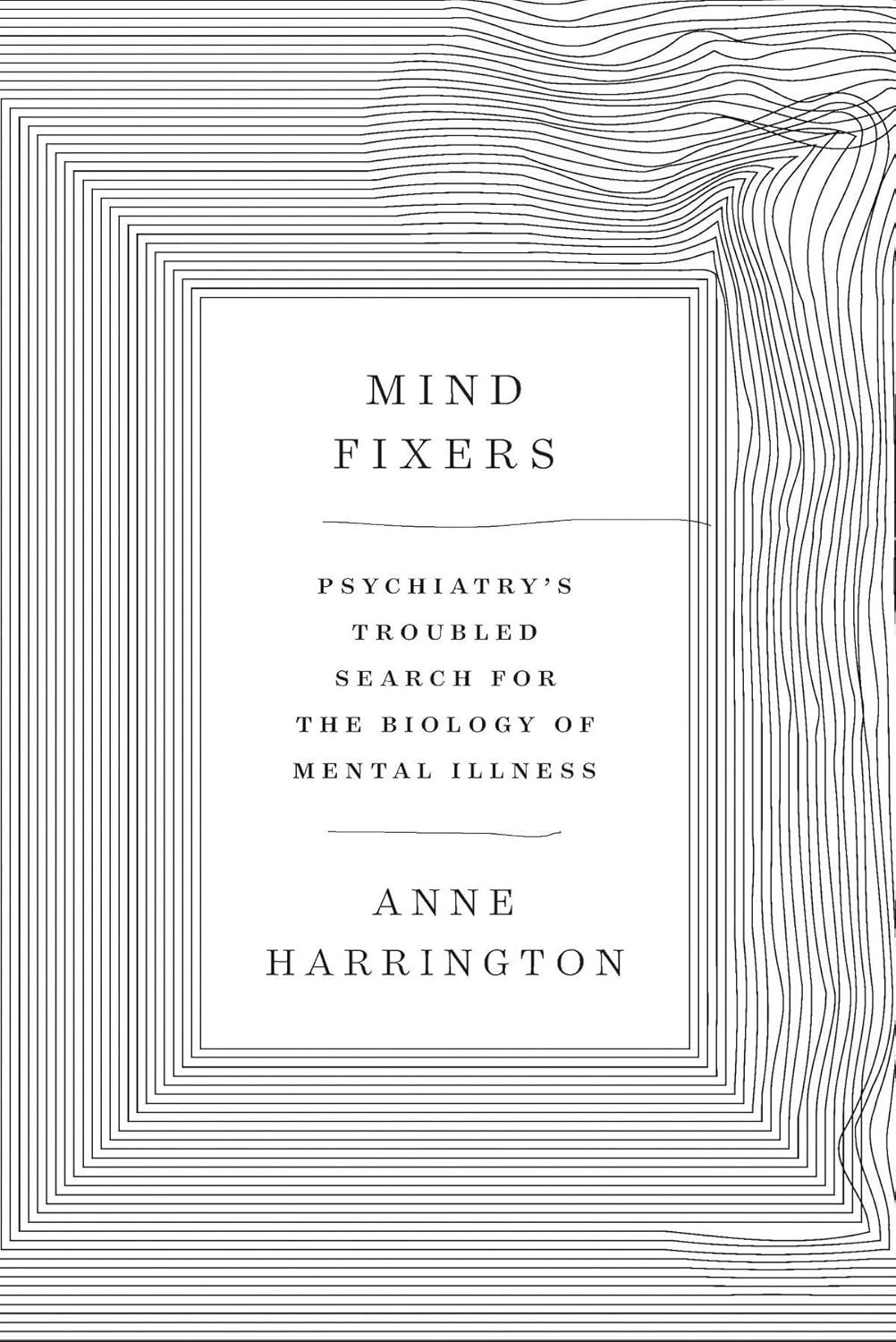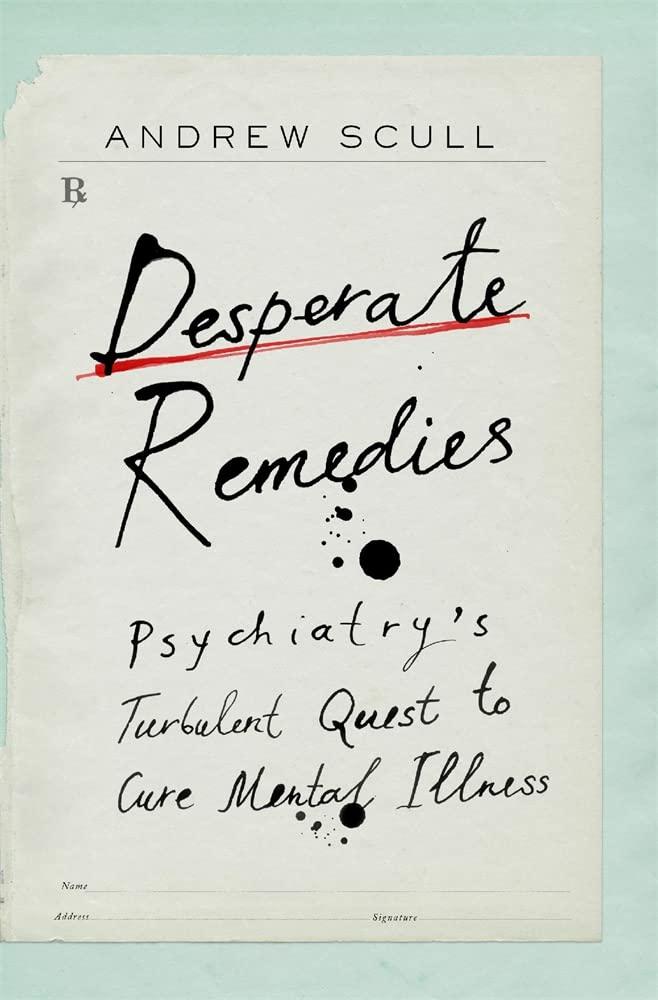And how about stigma? As anthropologist Helena Hansen has argued, the neuroscience of addiction has often reinforced stigma by reducing substance use to an individual problem, instead of the result of structural factors rooted in longer histories of racial violence. American psychiatrists also diagnose Black and Brown patients with disproportionate rates of schizophrenia compared to white patients—a disparity that psychiatrist-sociologist Jonathan Metzl traces to psychiatrists in the 1970s who pathologized Black activism as “psychosis.” Finally, Black patients experiencing mental health crises, including children, are more likely to experience the violence of being physically restrained, tied to their beds in ways that resemble the experiences of asylum patients over a century ago.
In 2015 the former director of the National Institute of Mental Health (NIMH), Thomas Insel, crystallized this disillusionment:
I spent 13 years at [NIMH] pushing on the neuroscience and genetics of mental disorders, and when I look back . . . I realize that while . . . I succeeded at getting lots of really cool papers published by cool scientists at fairly large costs—I think $20 billion—I don’t think we moved the needle in reducing suicide, reducing hospitalizations, improving recovery for the tens of millions of people who have mental illness.
It does not help that academic psychiatry today feels out of touch. Many people have underscored the profound importance of mental health amid the social isolation of the pandemic, racial violence in our society, and the increasingly hyper-competitive culture of schools, sports, and the market. But academic psychiatry’s almost singular focus on brain-based research has meant that the profession has been largely absent from these conversations. And for what? All the “cool papers” on neurobiology have won academic grants and helped professors get promoted, but they have not meaningfully impacted the diagnosis and care of the millions of people suffering psychic distress.
How did we end up here? If we have failed to understand psychiatric disorders biologically, what happens when we examine them historically? Two recent books by historians explore the crisis in biological psychiatry, tracing the political, economic, social, and professional factors that led psychiatrists to attempt to pin the reality of mental illness—and the legitimacy of the profession—on the brain. Written by leading historians in the field, these are big books, in heft and scope, that cover two hundred years of the profession’s failures. They reveal that U.S. psychiatry, across its history, has been dangerously susceptible to hype and “cool,” ranging from enthusiasm for brain dissection in the 1890s to the fanfare surrounding neurotransmitters and genetics a century later.
Understanding the undulating history of psychiatric hype and crisis is crucial today as the profession builds toward its next trend: psychedelics, already heralded as a “renaissance” and psychiatry’s “next frontier.” These two histories demonstrate that the academic and corporate pursuit of such hype has neglected the perspectives of communities most affected by psychiatric research and care, resulting in significant psychological and bodily harm. The strengths and limitations of these important books push academic psychiatrists to reexamine our priorities. They challenge us to envision a future world where the billions of dollars invested in biological research are instead redistributed to the communities who need it most—in order to provide the resources necessary for radically reimagined forms of care that center whole humans instead of just brains.

